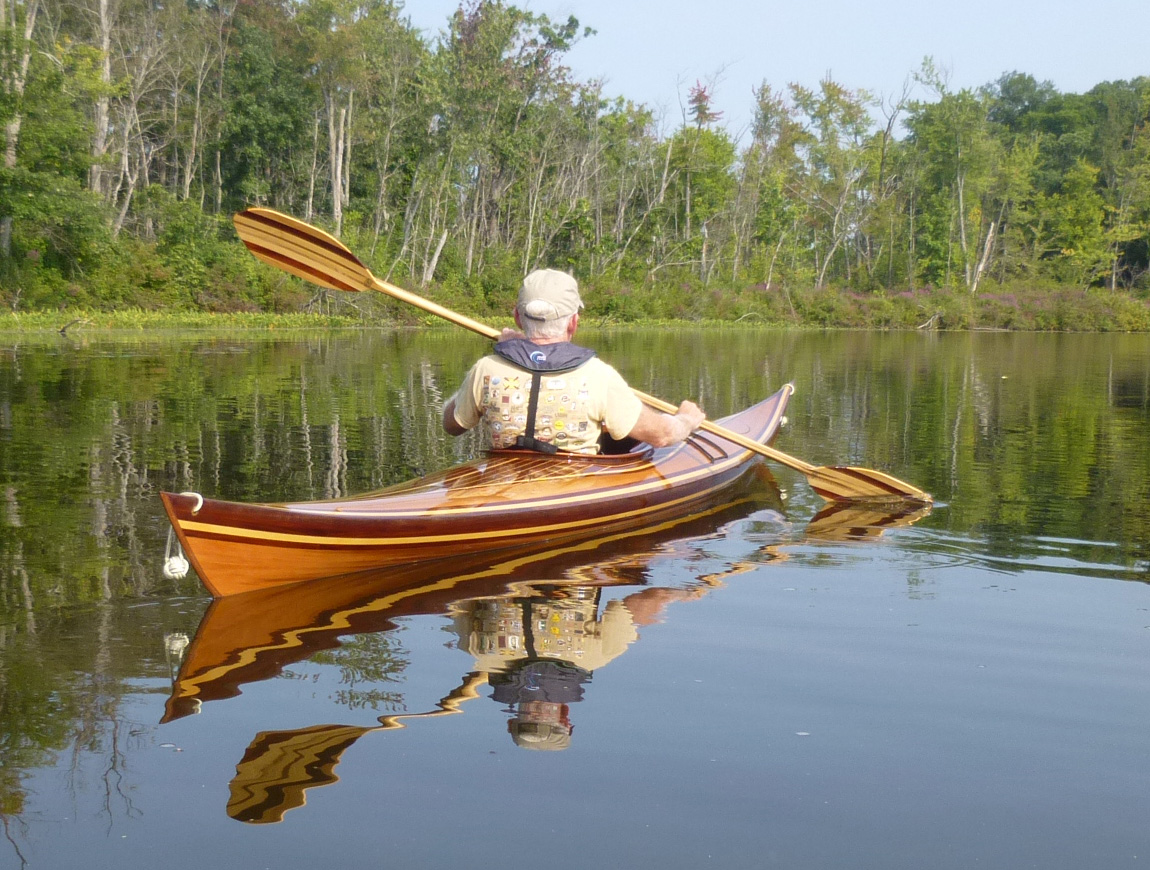
October 2014

October 2014
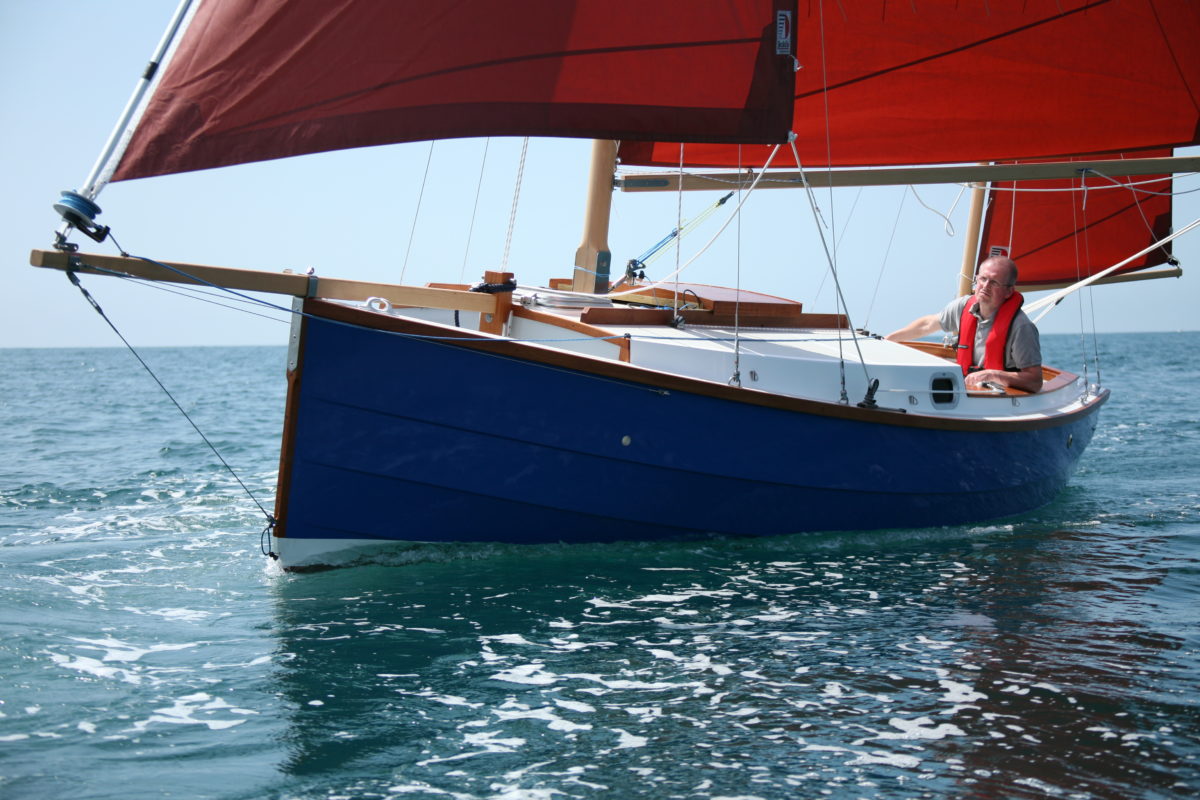
Small Boats Annual 2015October 2014
A daydream turned real
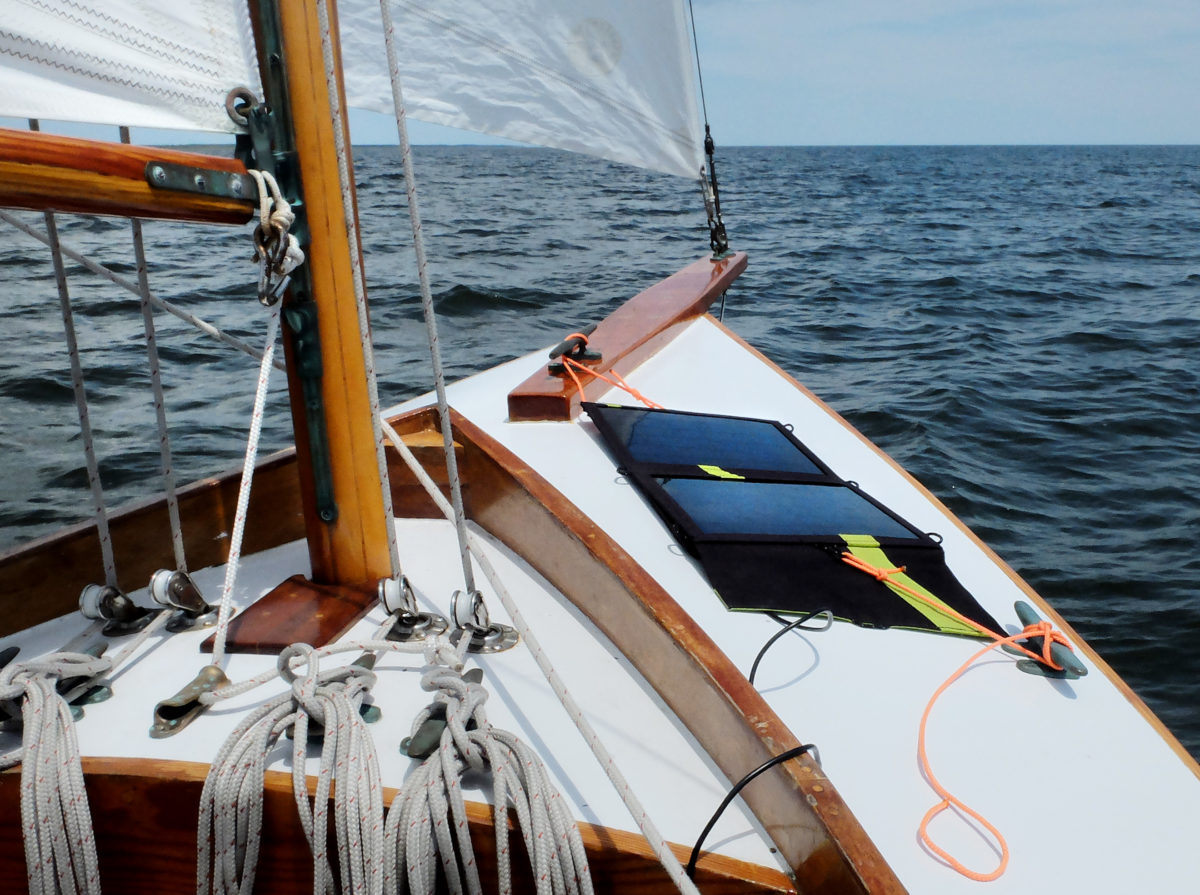
October 2014
Goal Zero's Sherpa 50
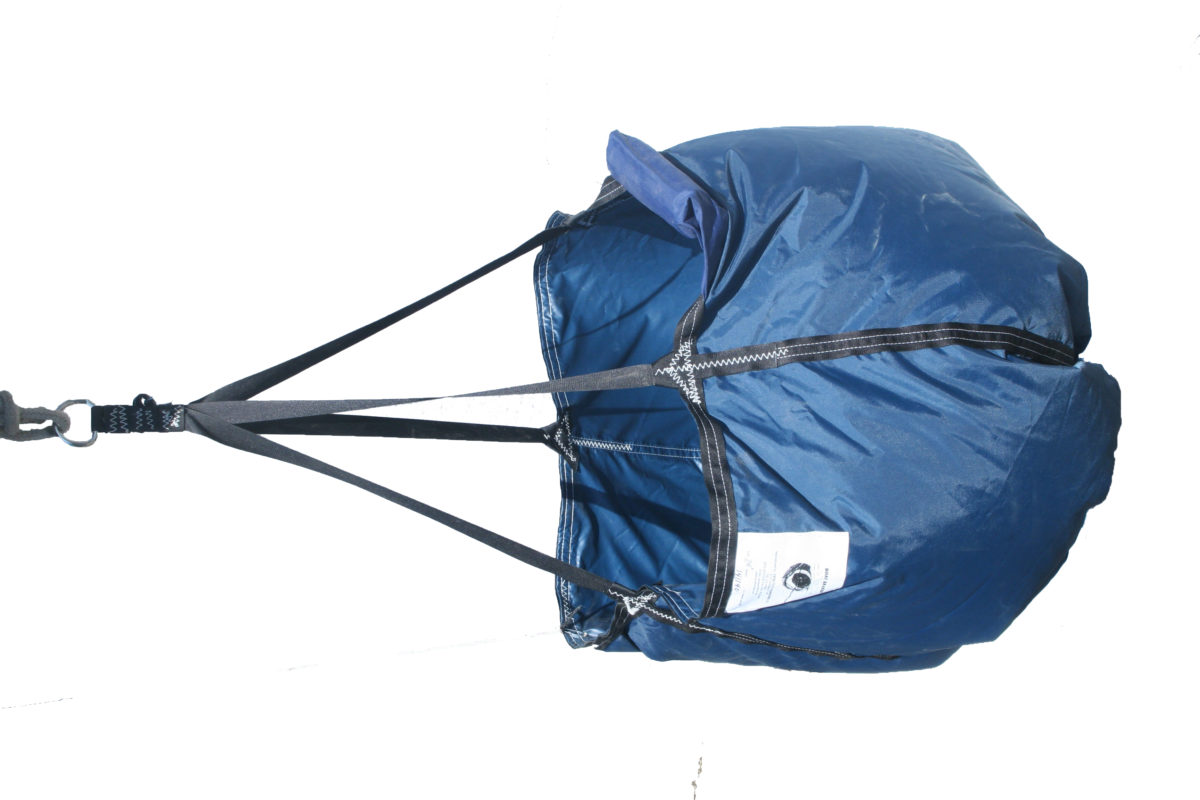
October 2014
Paratech's Boat Brakes
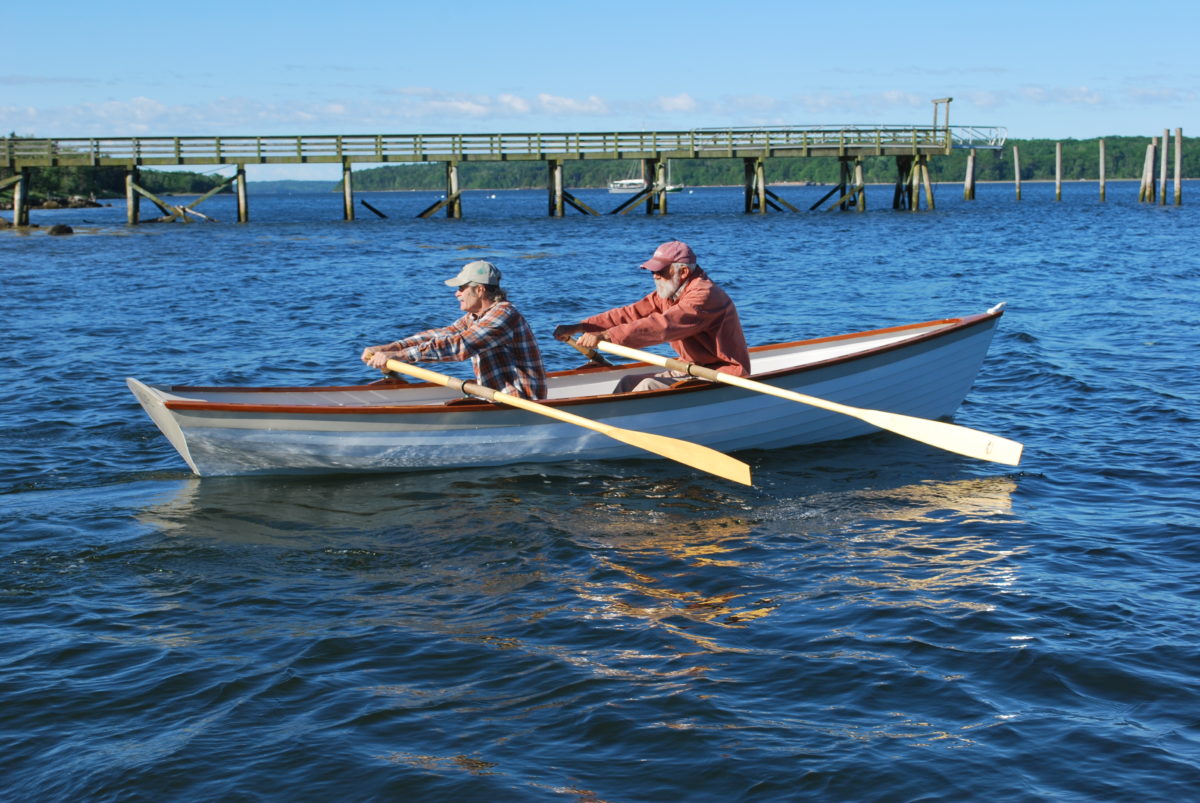
Small Boats Annual 2015October 2014
A nicely mannered rowboat
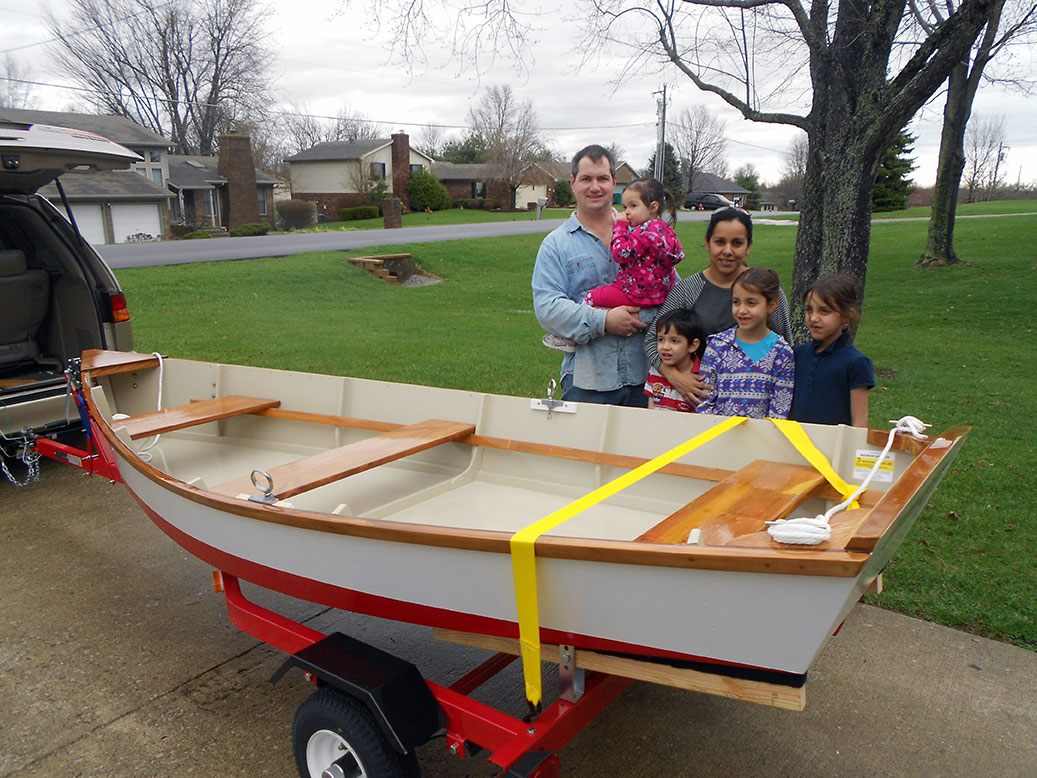
September 2014
A family-built Bevins skiff

September 2014
An aid to beach anchoring
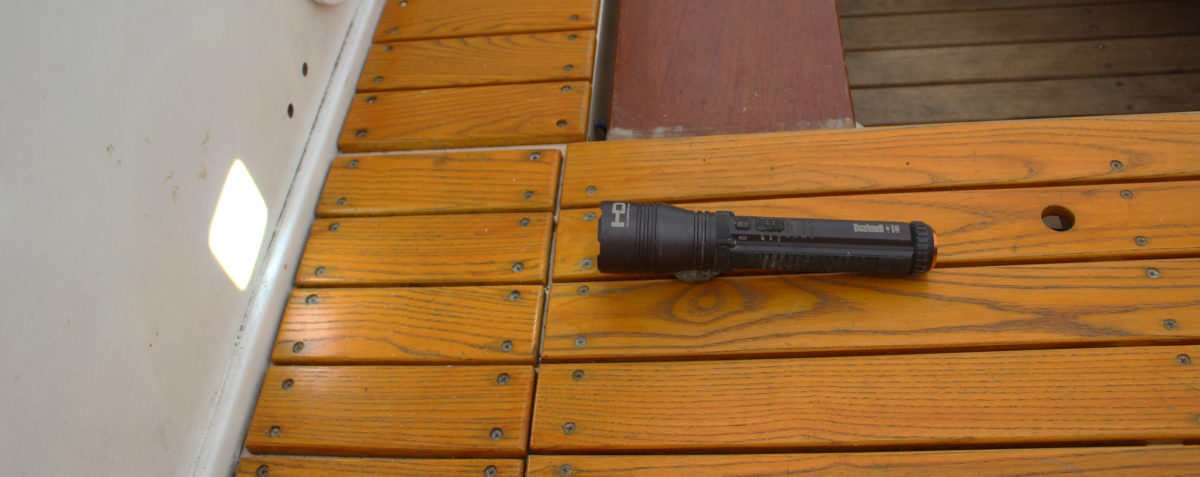
September 2014
A square of uniform bright light
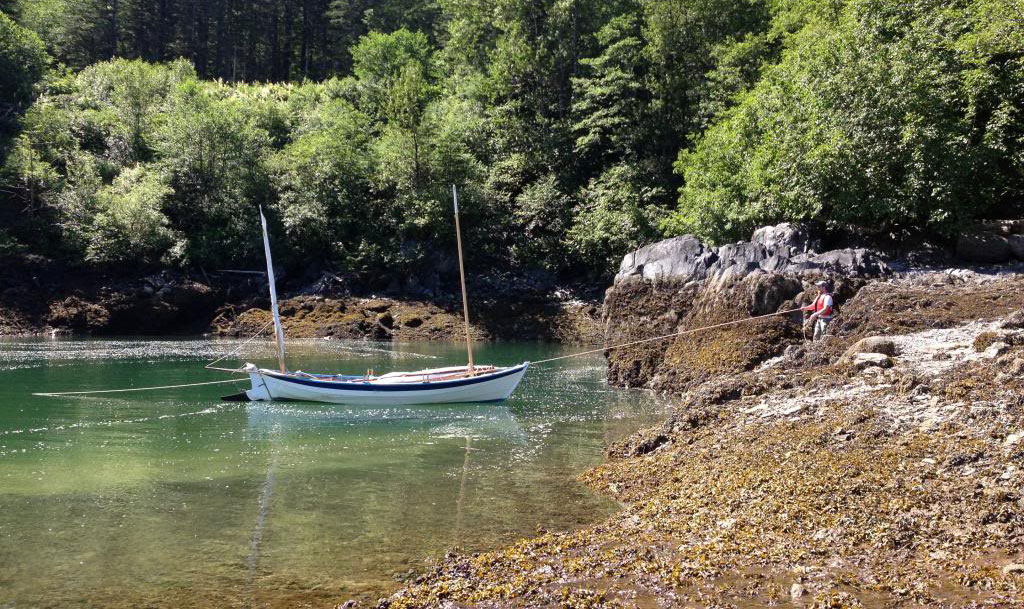
September 2014
A family adventure under sail and oar
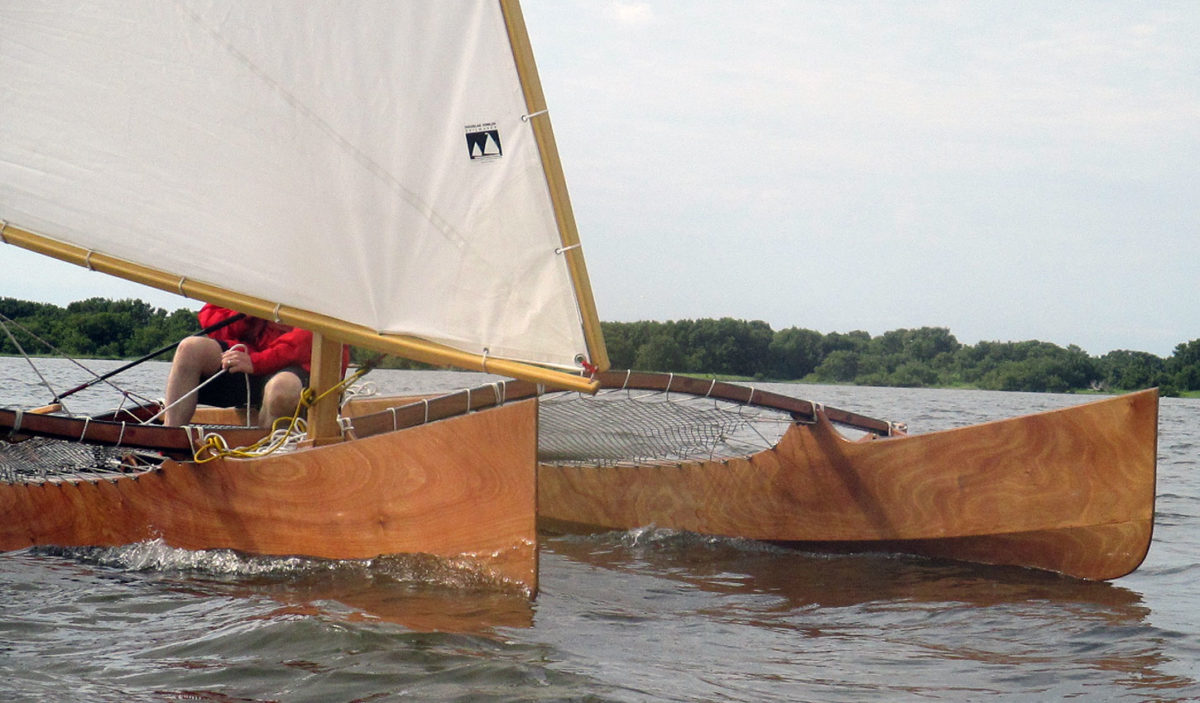
Small Boats Annual 2015September 2014
A modern form of an old idea
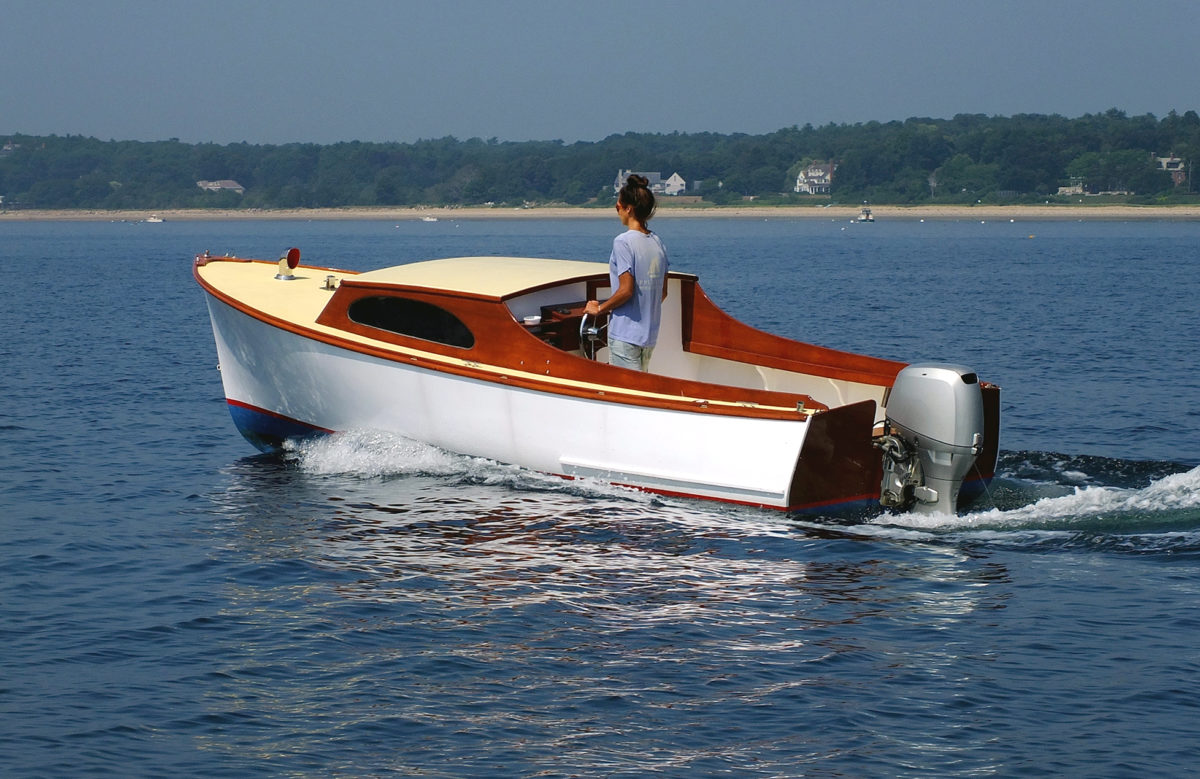
Small Boats Annual 2015September 2014
A 1950s design still relevant today
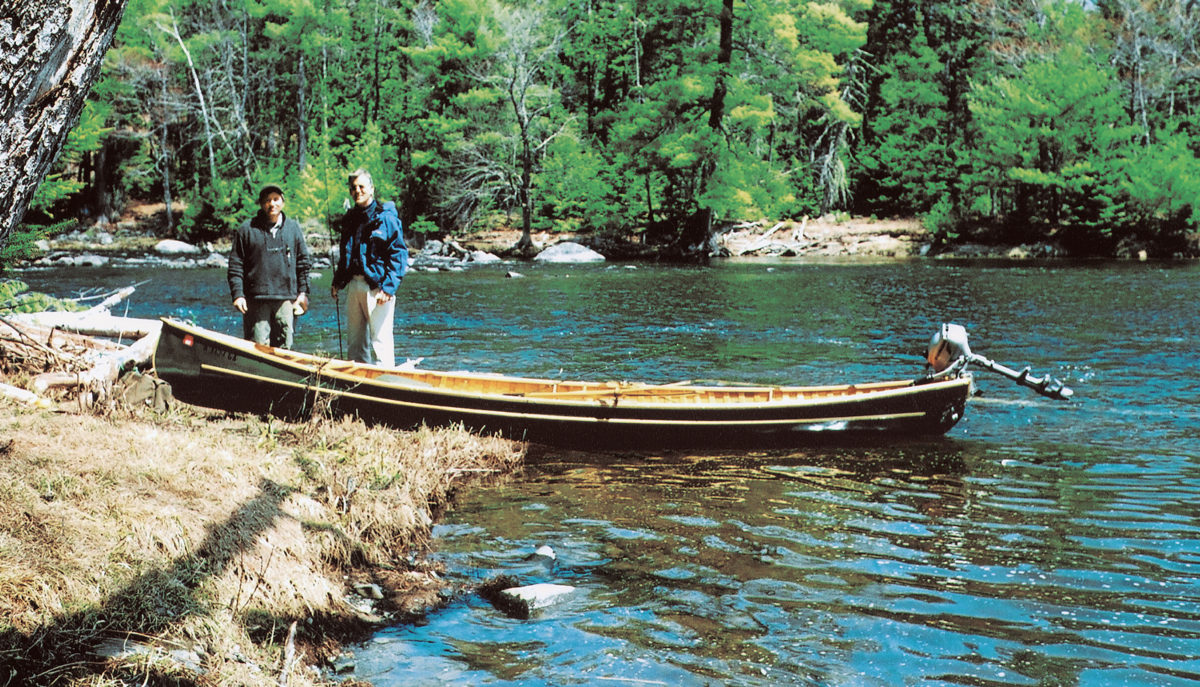
Small Boats Annual 2008
A Y-sterned canoe
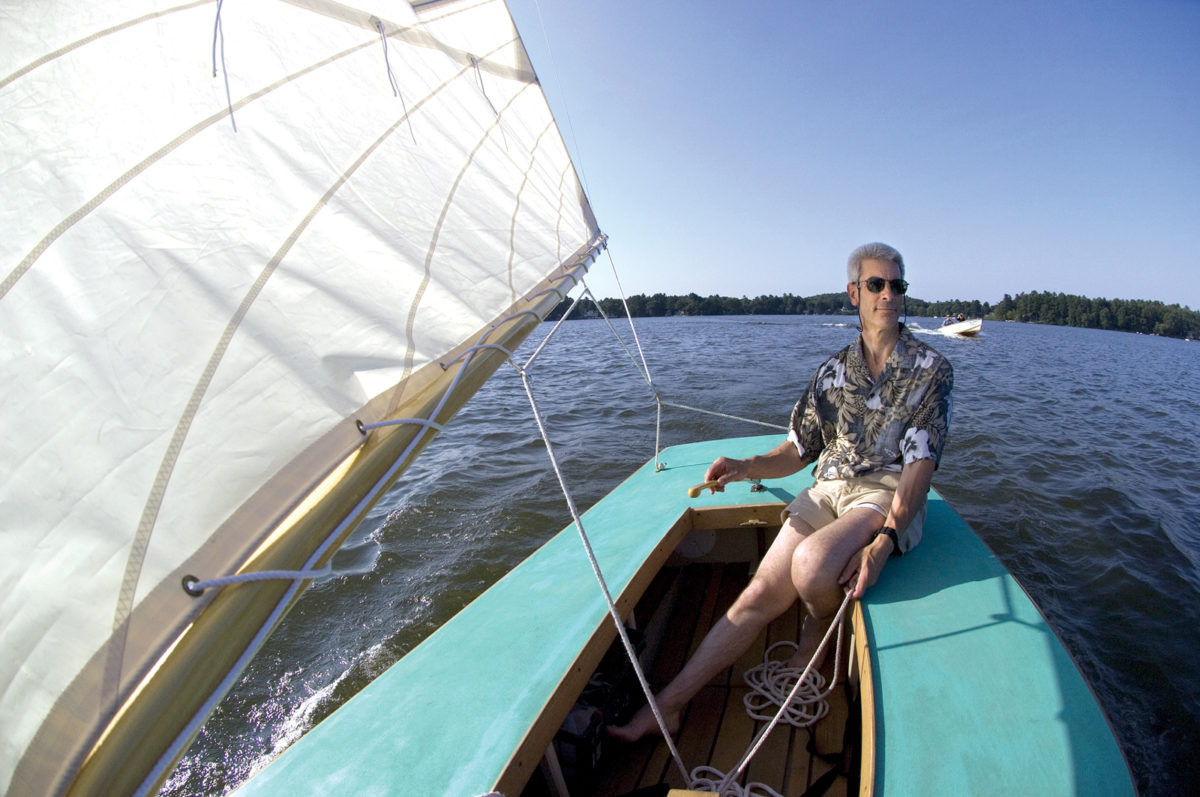
Small Boats Annual 2008
A classically inspired one-design